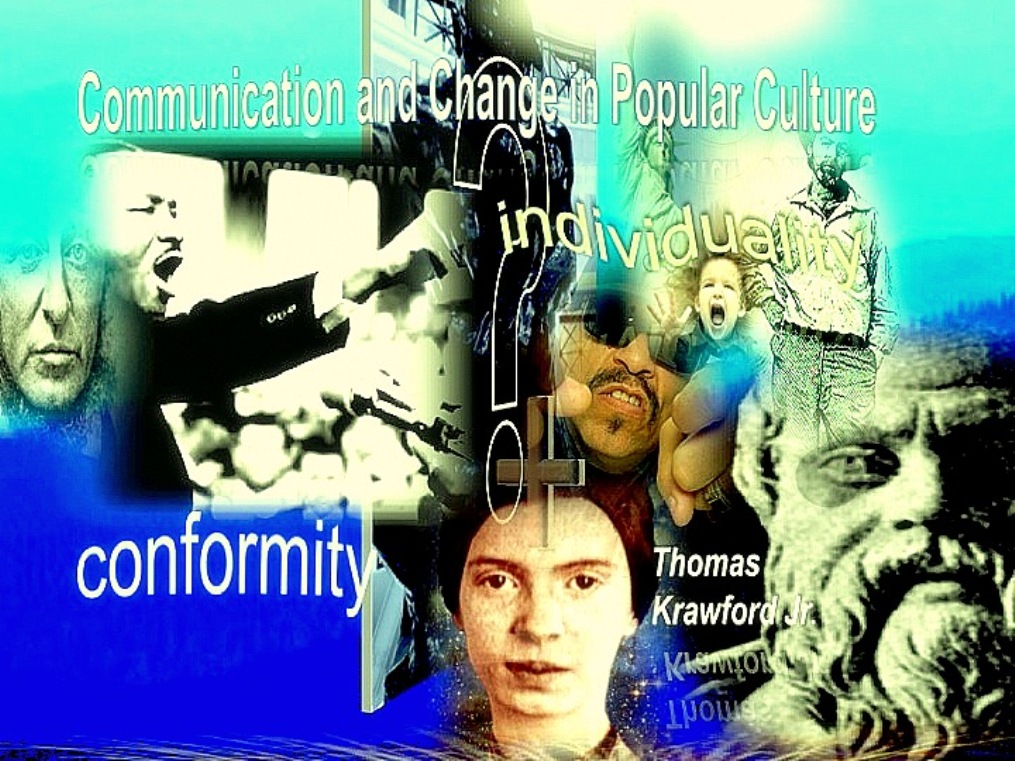Another aspect of learning environment awareness I want to explore in my class is illustrated in the following You Tube short:
http://www.youtube.com/watch?v=ayKqTypQH80
Heroes and the Media Lesson Plan/Hamlet Online
Adapted for 9-12 from Joan Harrison's Visual Arts Lesson in Media Literacy Kit and Previous Lesson.
A. Big Concept:
Various Media presents many types of heroes for very different reasons.
1. Agenda: Students will continue to Investigate Media and Heroes. For this Adaptation, The class will access Cable Resource for Learning Website www.ciconline.org/Shakespeare#How
Then Create a Written Profile of their version of who they think Hamlet is or was.B. Create a Rough Draft Storyboard of one thing they want their Hero/version of Hamlet to do.
C. Either work as a class or individually to assemble a 2-3 minute imovie or Windows Media presentation for submission to Shakespeare subject To Change http://www.ciconline.org/broadband.
D. In-class assignments. An Ongoing assignment is for all students to keep track of daily activities in their Journals
1. Journals also tell me how many extra points I should assign when the units is completed
2. Your Journals tell me how you participated in working with the group towards finishing your project
E. Activities Although Students will work individually, in small groups of 4-5, Students will accomplish the following:
1. Sharing available Resources
2. Be fair but critical consumers of each other's work
3. Help each other throughout the process.
F. Homework: Keep up on Media Critiques, especially as they relate to class.
1. Reflect and Review: Where do you sit at this point?
Date: Completion. Showtime and Marking period.
Before and During Reading
Rubric for Presented Argument Proposal. Sample Assessment Rubric
| Criteria | Inadequate | Adequate | Very Good | Excellent | Points |
| 1 | 2 | 3 | 4 | ||
| Correct Identification of elements | Elements are not correctly identified | Elements need further development | Argument lacks some consistency. | Argument is strong and consistent. | |
| Organization of Essay clear and easy to follow | Organization lacks focus; wanders from the main point; errors make difficult to read | Organization has focus, but some errors make essay difficult to follow. | Argument is clear and organized, but some errors cloud the meaning. | The Argument is clear and readable; good organization. | |
| Supporting Evidence is sound. | Supporting evidence does not match claims; structure is not consistent. | Supporting evidence is not developed into the argument enough. | Argument is focused, but could develop thesis a little more. | Supporting evidence is well developed; strong connection to the thesis. | |
| All Claims are Justified | No definite conclusion. | Conclusion is too abrupt. | Argument ties its claims together well. | Argument ties its claims together with very little bias. | |
| Total Points |
Periodically throughout the course of the unit and again at the end, after the second Panel Presentation/culminating activity, the Journals will be examined by the instructor. This rating scale is meant to be a guide. The scale is adapted from page 251 McMillan (2007).
Proposed Rubric
The journal is complete and reflects The student's journal is not
the student's understanding of complete. It does not appear
the class discussions. 5 4 3 2 1 to be useful or helpful to the
student.
The student journal
is well organized. 5 4 3 2 1 The student's journal is very
hard to follow.
The student's journal 5 4 3 2 1 The student's journal indicates
is challenging, honest she/he is having difficulty.
and authentic.
MediaOgraphy.
http://www.medialit.org/reading_room/rr2def.php
http://www.medialit.org/reading_room/article134.html
http://www.medialit.org/reading_room/rr4_lessonplan.php
http://www.ciconline.org/broadband
http://school.discoveryeducation.com/lessonplans/programs/greatbooks-donquixote
Proposed Speech Communication Class, grades 6-12 recognizing current needs in curriculum reform
regarding Social Media and Communication Education. Further Illustration of H.T.I Theory as applied to Speech Education in current high school Curricula. Follows Patricia Avery's Argument regarding "Authentic Education."


+of+IMG_9264.jpg)




